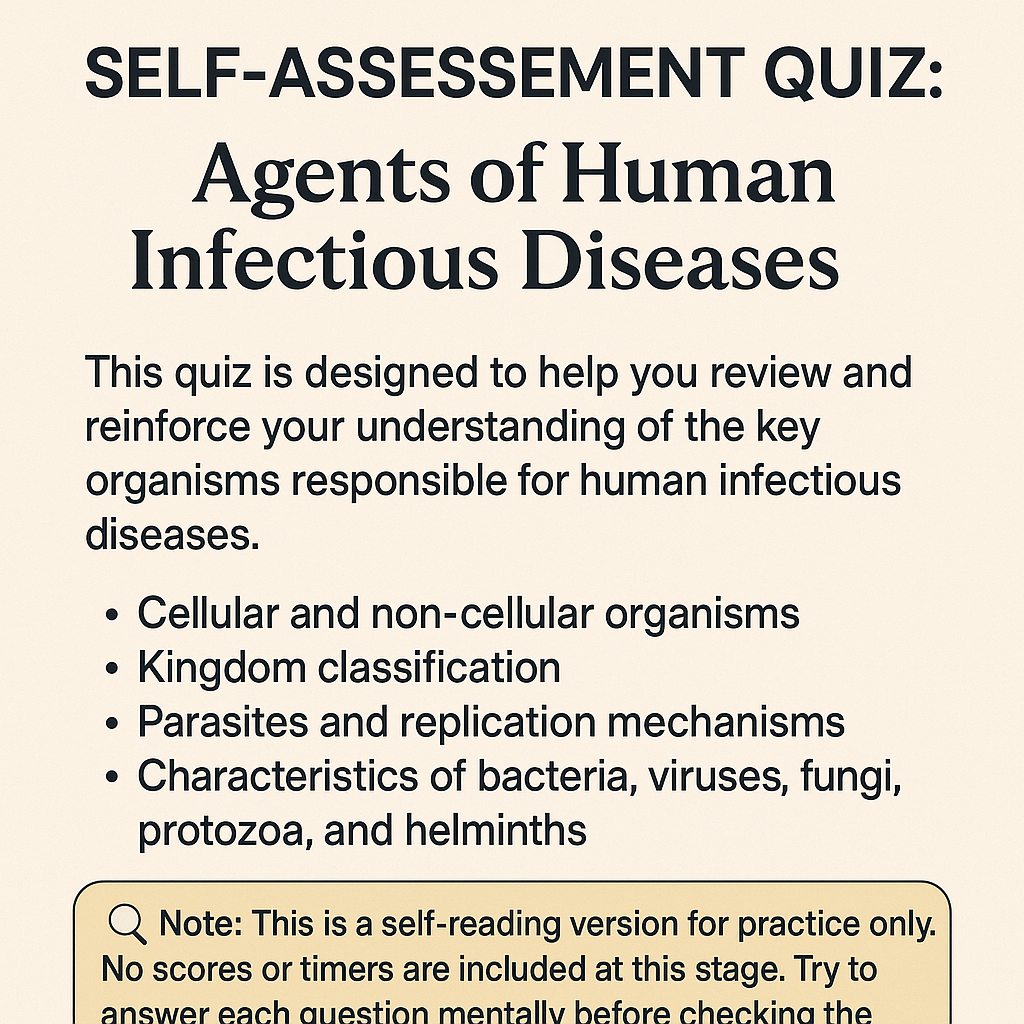Q131. Which organisms produce colicins?
Hint: Colicins are named after the bacteria that produce them.
Q132. Which enzyme allows transposons to move?
Hint: Same enzyme that mediates transposon movement.
Q133. What is a feature of non-replicative transposition?
Hint: This type of transposition excises and reinserts DNA.
Q134. Which feature distinguishes plasmids from transposons?
Hint: Plasmids can independently replicate.
Q135. How are transposons different from bacteriophages?
Hint: They need host DNA to replicate.
Q136. Transposons can affect gene expression by:
Hint: Their insertion can alter normal gene expression.
Q137. Capsules help bacteria adhere to:
Hint: Attachment is a key step in infection.
Q138. What genetic element cannot exist independently?
Hint: It relies on integration into host DNA.
Q139. What identifies a capsule antigenically?
Hint: These determine different serotypes.
✅ Answer Key:
Q131: E. coli Q132: Transposase Q133: Cut and paste mechanism Q134: Self-replication Q135: Lack independent replication Q136: Mutating nearby genes Q137: Human tissues Q138: Transposon Q139: Sugar composition
